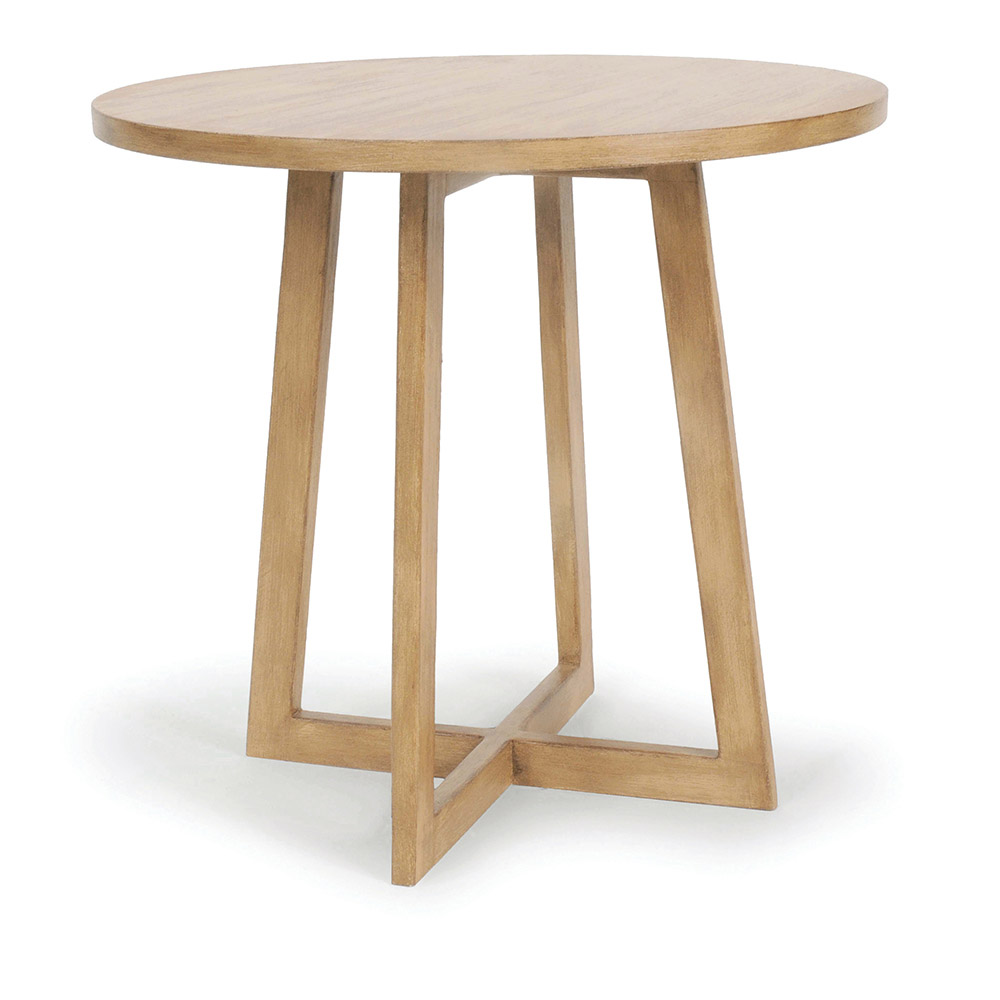CardPlayer.com is the world's oldest and most well respected poker magazine and online poker guide. Since 1988, CardPlayer has provided poker players with poker strategy, poker news, and poker. Poker Table Plans Step 1 - Create Poker Table Plans on Plywood. Draw your Table/Rail pieces onto the 3 pieces of Plywood. The table top will be 1 piece and the rail will consist of 3 pieces (top, middle and bottom). The First Sheet of 48' x 96' Plywood. The first sheet will produce the bottom piece of the rail and the table. Recreate Las Vegas in your den or bar with a poker table. Having a dedicated gaming table adds an extra touch of class to your fun casino evening. These often feature slots for storing chips and a special fabric surface that makes it easier for cards to glide to the players as you deal. The table is octogonal and has cut outs to hold cards, poker chips and beverage cups. The board is finished with stain and glossy clearcoat varnish; also the playing surface is covered in felt. All materials are cheap and readily available at any builders providers or hardware store. This table could easily be made over a couple of weekends.
Step 1 - Materials and Tools
$72 |
$26 |
$21 |
$48 |
$14 |
$16 |
$43 |
$9 |
$3 |
$5 |
$3 |
$5 |
$7 |
$8 |
$5 |
$7 |
$16 |
$306 |
- Circular Saw
- Hand held sander
- Electric Staple Gun
- Plate joiner kit
Step 2 - Cutting for each side of octogan
Step 3 - Cutting edge piece/molding
Step 4 - Gluing up each side of octogan
Step 5 - Cutting each side to correct length and angle
Step 6 - Cutting out for cup holder
Step 7 - Cutting out for chips storage
Step 8 - Dry Assembly
Step 9 - Gluing up final assembly
Step 10 - Cut plywood base

Step 11 - Cutting out for cup-holders in plywood base
Step 12 - Router the top edges
Step 13 - Cut out centre octagon

Step 13 - Making the foot of the table.
Step 14 - Making the pedestal

Step 15 - Finishing
Step 16 - Attaching the top pedestal to the plywood base
Step 17 - Cutting & gluing fabric in chip holder cut out
Step 18 - Ready to Play some Poker?
The Upswing Poker Lab is a poker training course taught by Doug Polk and Ryan Fee. The Lab is updated regularly with in-depth learning modules, theory videos, and a wealth of information to make you a better poker player.
Live poker tables are full of limpers. As a result, learning to play effectively against limpers is a crucial part of becoming a successful live player.
In this article, I'll break down how to react to limps from one of the most important positions: the cutoff. We'll take a look at some general things to consider when constructing your own ranges, and then use some example ranges to serve as a rough guide.
How To Play The Cut-off Without Limpers
Before we consider our strategy against limps, we have to consider what a standard live cut-off opening range looks like. As we face three-bets at a much lower frequency in live poker, we can justify opening a fairly large range of hands. Here's an estimated 36 percent cut-off opening range as recommended by The Poker Lab:
The way that we adjust this range against limpers depends on a number of factors:
• How loose are our opponents?
Our range should be adjusted according to the limping ranges of our opponents. If we are up against opponents that limp an extremely wide range of hands, we can raise more frequently than if we're facing tight limpers.
• What are the stack sizes?

If there are any short-stacked players which have limped in front of us, we have to be cautious when selecting our hands to raise with. Suited connectors and weak Broadway hands will play poorly against smaller stacks, while medium to strong pocket pairs and strong Broadway combinations will do well against them. We don't want to get limp/re-raised and have to fold often in these situations, so your range should be weighted towards stronger holdings that do well in low SPR spots.
• What positions are our opponents limping from?
The earlier the limper's position, the tighter we should play. If we face an under-the-gun open-limp followed by a number of calls, we should consider tightening our raising range as it will be difficult to isolate players. We need to raise with hands which can play well in multiway pots by retaining their equity in them. The opposite is true for late position limps, which we can attack with a relatively wide range.
• Do our opponents have a limping AND a raising range?
Usually players that mix it up between limping and raising preflop do the same thing: they limp weak to medium-strength hands and raise with strong ones. We can easily exploit this by raising often against their weak limping range.
• What can we get away with post-flop?
Post-flop tendencies matter too. If we are up against players that often fold to continuation bets and multiple barrels, we can exploit them by raising a wide range over their limps. Conversely, if our opponents are calling stations and float with a very broad range of hands, we should consider tailoring our range to being more value-heavy.
Bowen therapy casino nsw bay. • How often will we get preflop folds?
If our opponents will limp/fold frequently, raising from later positions with a wide range will be profitable as we can scoop up dead money.
Ryan's Poker Table #4
• Will we get limp/re-raised or three-bet often?
If the limper has shown a tendency to limp/re-raise, we should tighten our raising ranges. Because preflop raises will be larger when there are numerous limpers in the pot, three-bets will usually be bigger as a result. This means that you will not be able to defend call the three-bet as often, so you will need to tighten your raising range to avoid over-folding to three-bets. (This is rare in live poker, but adjust accordingly if you notice that it is happening.)
Ryan S Poker Table Plans
Playing Our Range Versus ‘Standard' Limping Ranges
Once we've considered these factors, we can begin to decide how we can most appropriately play our range. Against a ‘standard' limping range, the range outlined below will be a good starting point:
The hands in red will function as profitable raises against a normal limping range. The suited connectors included will realise their equity very well, whilst our Broadway combinations are strong enough to bet for value post-flop. The hands in pink can be either raised with or called with depending upon the dynamic of the table.
Playing Our Range Versus Tight Limping Ranges
The tighter range below can be used when you are up against tighter opponents, shorter stacks or are being aggressively three-betted:
Playing Our Range Versus Loose Limping Ranges
Against a field which is limping a wide range of hands, we can raise a wide range of hands profitably from the cutoff. A number of suited connectors are included in this raising range as they will realise their equity well.
Remember, when developing a strategy versus limpers from late positions, you must consider the following:
• How loose are our opponents?
• What are the stack sizes?
• What positions are our opponents limping from?
• Do our opponents have a limping AND a raising range?
• What can we get away with post-flop?
• How often will we get preflop folds?
• Will we get limp/re-raised or cold three-betted often?

Step 11 - Cutting out for cup-holders in plywood base
Step 12 - Router the top edges
Step 13 - Cut out centre octagon
Step 13 - Making the foot of the table.
Step 14 - Making the pedestal
Step 15 - Finishing
Step 16 - Attaching the top pedestal to the plywood base
Step 17 - Cutting & gluing fabric in chip holder cut out
Step 18 - Ready to Play some Poker?
The Upswing Poker Lab is a poker training course taught by Doug Polk and Ryan Fee. The Lab is updated regularly with in-depth learning modules, theory videos, and a wealth of information to make you a better poker player.
Live poker tables are full of limpers. As a result, learning to play effectively against limpers is a crucial part of becoming a successful live player.
In this article, I'll break down how to react to limps from one of the most important positions: the cutoff. We'll take a look at some general things to consider when constructing your own ranges, and then use some example ranges to serve as a rough guide.
How To Play The Cut-off Without Limpers
Before we consider our strategy against limps, we have to consider what a standard live cut-off opening range looks like. As we face three-bets at a much lower frequency in live poker, we can justify opening a fairly large range of hands. Here's an estimated 36 percent cut-off opening range as recommended by The Poker Lab:
The way that we adjust this range against limpers depends on a number of factors:
• How loose are our opponents?
Our range should be adjusted according to the limping ranges of our opponents. If we are up against opponents that limp an extremely wide range of hands, we can raise more frequently than if we're facing tight limpers.
• What are the stack sizes?
If there are any short-stacked players which have limped in front of us, we have to be cautious when selecting our hands to raise with. Suited connectors and weak Broadway hands will play poorly against smaller stacks, while medium to strong pocket pairs and strong Broadway combinations will do well against them. We don't want to get limp/re-raised and have to fold often in these situations, so your range should be weighted towards stronger holdings that do well in low SPR spots.
• What positions are our opponents limping from?
The earlier the limper's position, the tighter we should play. If we face an under-the-gun open-limp followed by a number of calls, we should consider tightening our raising range as it will be difficult to isolate players. We need to raise with hands which can play well in multiway pots by retaining their equity in them. The opposite is true for late position limps, which we can attack with a relatively wide range.
• Do our opponents have a limping AND a raising range?
Usually players that mix it up between limping and raising preflop do the same thing: they limp weak to medium-strength hands and raise with strong ones. We can easily exploit this by raising often against their weak limping range.
• What can we get away with post-flop?
Post-flop tendencies matter too. If we are up against players that often fold to continuation bets and multiple barrels, we can exploit them by raising a wide range over their limps. Conversely, if our opponents are calling stations and float with a very broad range of hands, we should consider tailoring our range to being more value-heavy.
Bowen therapy casino nsw bay. • How often will we get preflop folds?
If our opponents will limp/fold frequently, raising from later positions with a wide range will be profitable as we can scoop up dead money.
Ryan's Poker Table #4
• Will we get limp/re-raised or three-bet often?
If the limper has shown a tendency to limp/re-raise, we should tighten our raising ranges. Because preflop raises will be larger when there are numerous limpers in the pot, three-bets will usually be bigger as a result. This means that you will not be able to defend call the three-bet as often, so you will need to tighten your raising range to avoid over-folding to three-bets. (This is rare in live poker, but adjust accordingly if you notice that it is happening.)
Ryan S Poker Table Plans
Playing Our Range Versus ‘Standard' Limping Ranges
Once we've considered these factors, we can begin to decide how we can most appropriately play our range. Against a ‘standard' limping range, the range outlined below will be a good starting point:
The hands in red will function as profitable raises against a normal limping range. The suited connectors included will realise their equity very well, whilst our Broadway combinations are strong enough to bet for value post-flop. The hands in pink can be either raised with or called with depending upon the dynamic of the table.
Playing Our Range Versus Tight Limping Ranges
The tighter range below can be used when you are up against tighter opponents, shorter stacks or are being aggressively three-betted:
Playing Our Range Versus Loose Limping Ranges
Against a field which is limping a wide range of hands, we can raise a wide range of hands profitably from the cutoff. A number of suited connectors are included in this raising range as they will realise their equity well.
Remember, when developing a strategy versus limpers from late positions, you must consider the following:
• How loose are our opponents?
• What are the stack sizes?
• What positions are our opponents limping from?
• Do our opponents have a limping AND a raising range?
• What can we get away with post-flop?
• How often will we get preflop folds?
• Will we get limp/re-raised or cold three-betted often?
The ranges included here can be used as a guideline when building your own. Remember to be fluid in these ranges and change them accordingly to the dynamic of the table. ♠
Philadelphia native Ryan Fee is one of the top poker minds in the game today, with a WSOP bracelet and more than $3 million in live tournament earnings. Fee is also a lead instructor at UpswingPoker.com. The Upswing Poker Lab is a poker training course updated regularly with in-depth learning modules, theory videos and a wealth of information to make you a better poker player.
Sign up for the Upswing Poker Lab today for step-by-step instructions and examples to master both the fundamental theories and situational exploits to greatly increase your skill and earnings.